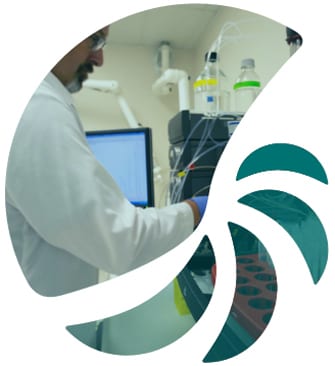Bacterial Toxin Research Citations
We’ve gathered published citations for the past many years so that researchers can easily review at their convenience from among the thousands of published articles, how they might use our products in detail or apply these ideas to their own novel thinking for new research.
Search through, read and share our information rich citations below!



